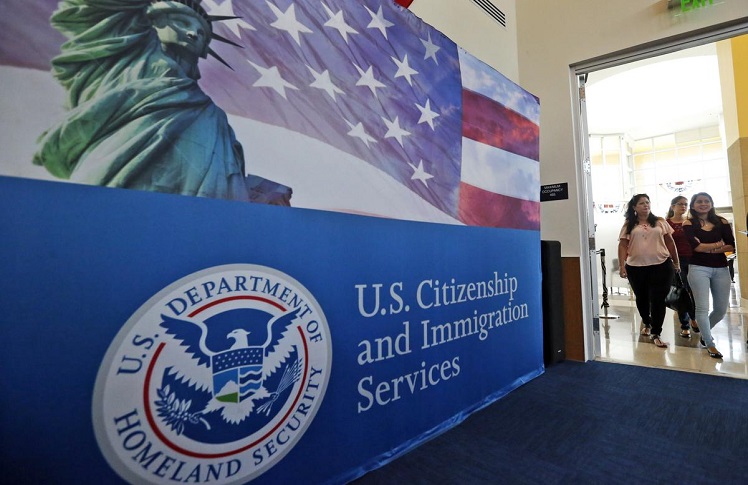
The US has declared a precarious expansion in charges for different classifications of non-migrant visas like the H-1B, L-1 and EB-5, the most well known among Indians.
The charge climb, first after 2016, will come into force from April 1.
The H-1B visa is a non-migrant visa that permits US organizations to utilize unfamiliar laborers in specialty occupations that require hypothetical or specialized skill.
It is essential for technology companies to hire tens of thousands of workers annually from nations like China and India.
The high-net-worth foreign investors who invest a minimum of $5,000,000 in a US business that contributes to the creation of ten jobs for American workers are eligible to apply for a visa to the United States for themselves and their families under the EB-5 program, which was established by the US government in 1990.
To come into force from April 1, the new H-1B application visa expense, which is structure I-129, has been expanded from USD 460 to USD 780. The H-1B enlistment will increment from USD 10 to USD 215, yet from the following year.
According to a federal notification that was released on Wednesday, the fee for L-1 visas has been raised from USD 460 to USD 1,385, while the fee for EB-5 visas—more commonly referred to as investors visas—has increased from USD 3,675 to USD 11,160.
In the United States, the L-1 visa is a category of non-immigrant visa intended for intracompany transferees. It permits worldwide organizations to move specific representatives from their unfamiliar workplaces to briefly work in the US.
The expense changes, as well as changes to the structures and charge structures utilized by US Citizenship and Migration Administrations (USCIS), will bring about net expenses, advantages, and move installments, the Division of Country Security said in its government warning.
For the 10-year time of investigation of the standard (FY 2024 through FY 2033), the US Division of Country Security (DHS) gauges the annualized net expenses for the public will be USD 157,005,952, limited at three and seven percent.
Leave a comment: (Your email will not be published)